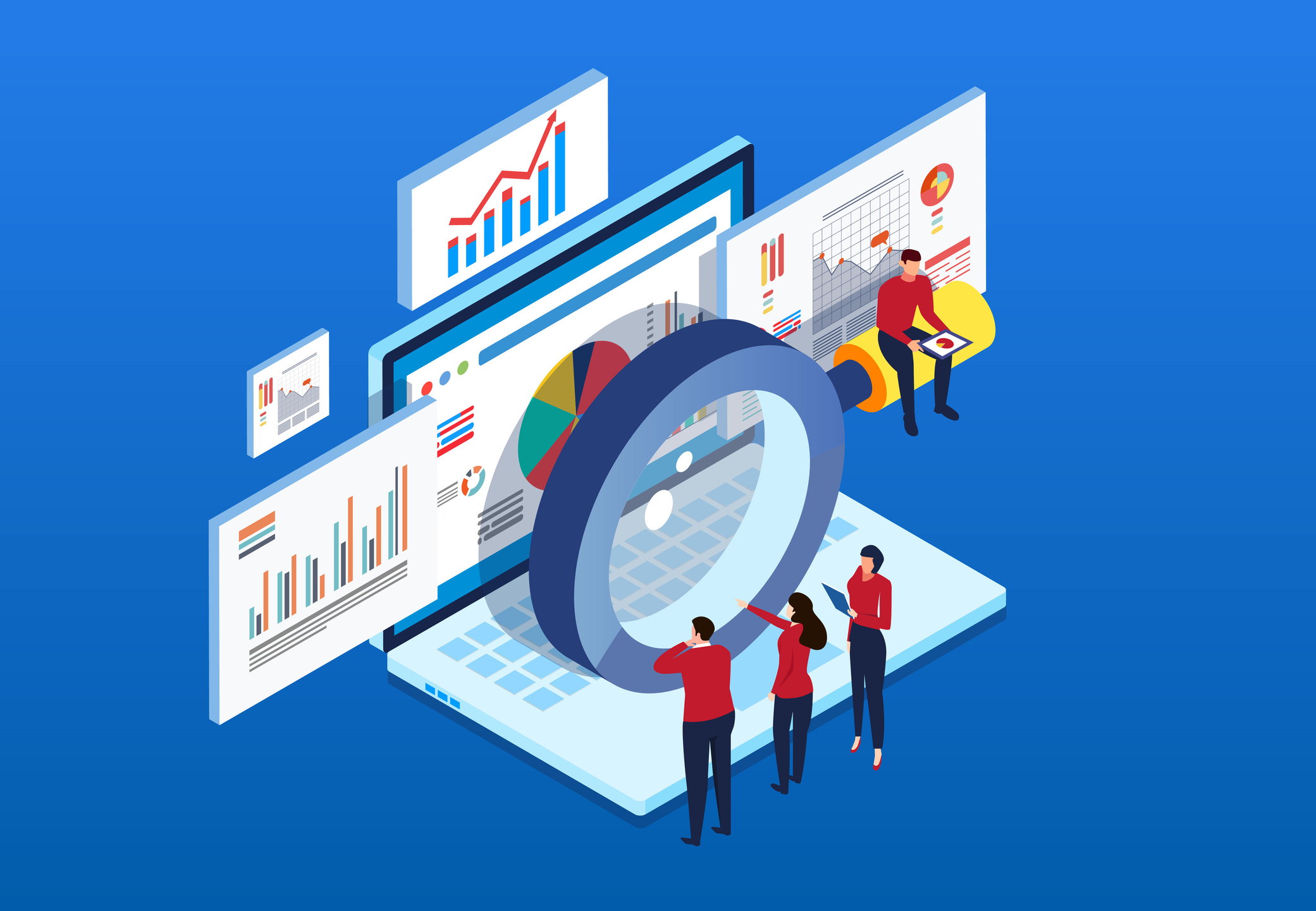How do you know your social media campaign worked?
When aligning your business strategy with an influencer, the benefits can be an immense boost to the success of your business, meaning an increase in sales and higher overall website traffic. But, just how do you know if your influencer marketing campaign was successful? And more importantly, how can you use data-driven metrics to both improve and adapt your campaign measures, and ensure you are receiving an optimal ROI?
There are three main Key Performance Indicators that drive the success of an influencer campaign:
Influencer Post Engagement
Measuring influencer engagement can be trickier than it sounds. It is not simply the number of followers that should be reviewed, nor is it the amount of likes on each post. Yes, these likes are important, and they certainly have their place in a marketing strategy and in building brand visibility, but there is more to the story. To a business, these likes can move into the territory of “vanity metrics” if there is no further engagement beyond clicking the “Like” button (or the love, hug, or laugh emoji!). Engagement rate can be gauged by a combination of likes, shares, retweets, reposts, and comments, but if the end result isn’t a high conversion rate, then a business needs to reevaluate its strategy.
And with Instagram and Facebook testing the waters of allowing users to hide likes, it is more important than ever to build a solid strategy that will move beyond likes – and into high conversion rates.
So, how then does a business that is focused on optimizing conversions measure success across platforms and various marketing channels?
Link Performance
Engagement rate crosses over into providing superior value when a link within a post is actually clicked by the social media user or follower. This drills down further into how well your post was received by your target audience, and the audience of your influencer. By simply embedding a customized clickable link into an influencer’s post, the metrics available to a business start to provide true measurable statistics that can offer significant insight into how a campaign is performing. When an embedded link is clicked by any user, advanced technology allows the link to be tracked and fully analyzed, answering questions in rapid-style format. Who clicked the link, when did they click the link, which page did they click the link from? These metrics are each important pieces of the conversion rate puzzle, and by studying them carefully, businesses can determine which influencer content outperformed expectations, and which posts failed to achieve successful results.
The overall goal with an embedded link is to drive traffic to your website or product page, ultimately resulting in measurable conversions. However, what those conversions should look like for each individual company depends entirely on the goals of each specific campaign.
And Finally, The Ultimate Goal of Conversions
Conversions are built around the concept of understanding buyer behavior, and the best way to do that is to track each stage of the customer journey. You can’t build a campaign around guesswork – you have to use true metrics and analytics that can then be applied to your customer base and intended target audience.
In a perfect world, a high percentage of website visitors would buy your products or services, sign up for your newsletter, register for your seminar, or perform the action that would deem the interaction a successful conversion. However, even though the art of successful conversions is far from perfect, with the right strategy, you’ll be well on your way to exceeding your expected ROI.
You may have heard the term “sales funnel”, and this is basically exactly what it sounds like. It allows marketing teams, or third parties that are managing online campaigns, to track buyer sales or their entire journey from the original source (the post or link that was clicked) all the way through the funnel to an ultimate conversion. The best online marketing companies are able to track exactly where the buyer’s journey ends with specific, measurable analytics. Did your potential customer get as far as the registration form, and then fail to submit it? Did they click on the link within a post, visit the site, and then immediately leave? If there is a pattern in buyer behavior, assuming that it is not an overall site glitch, these metrics will give your business the information needed to identify the point in the process that seems to be providing troublesome data.
Of course, there are different layers to business strategy, and a successful conversion rate will depend on what goal your company is trying to accomplish. Successful conversion rates will vary depending on the end goal, whether it is the purchase of a product, an email list sign up, a registration fee, or any combination of other deliverables. In any case, the important thing is to have a strategy in place to collect the data, metrics, and campaign analytics that will allow you to optimize your conversion rate to a level that works for your company. All of your goals must be taken into account when formulating a business plan to create the intended optimal campaign ROI by applying data metrics from each stage of the end-to-end customer journey. And that is a journey that will, in turn, optimize your journey as a successful business.


No comment yet, add your voice below!